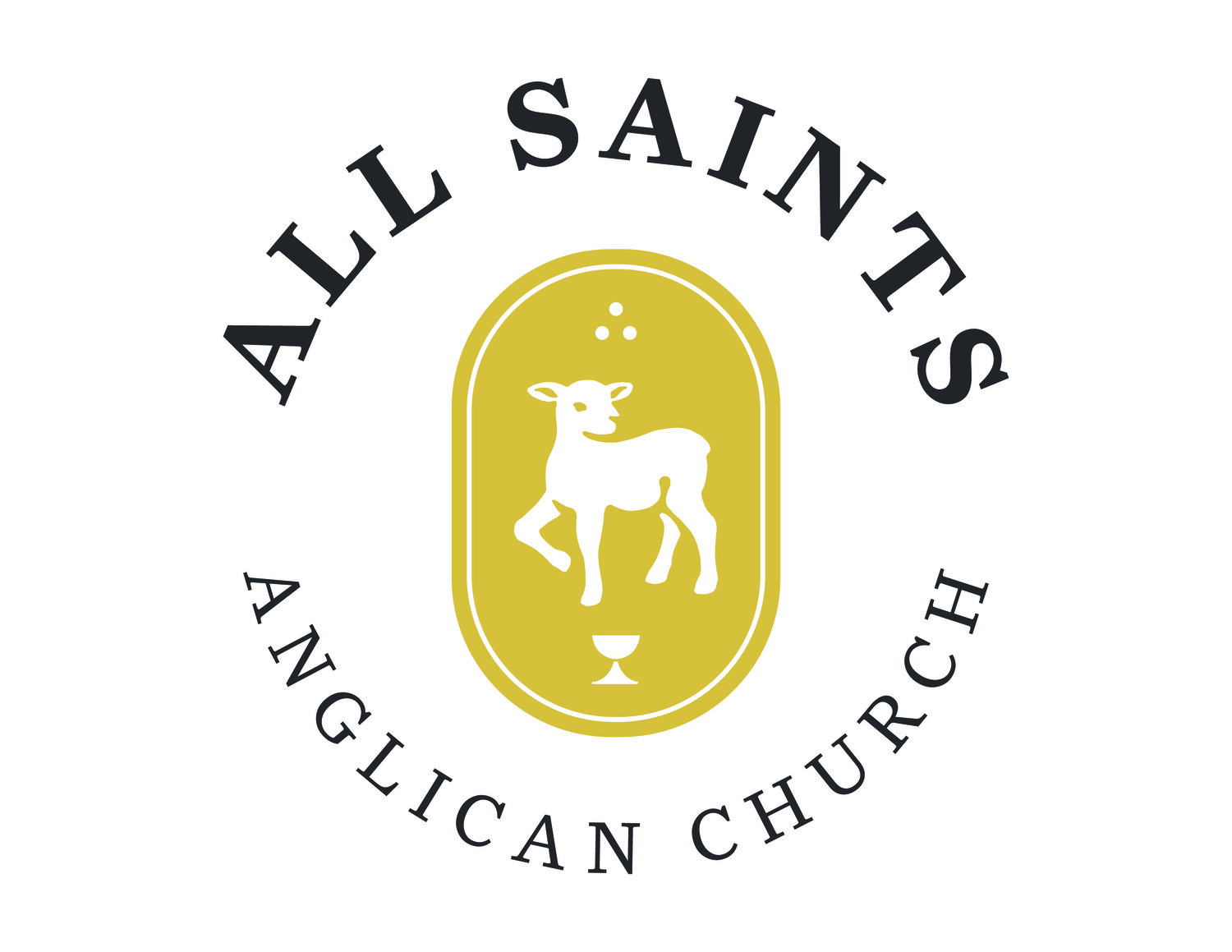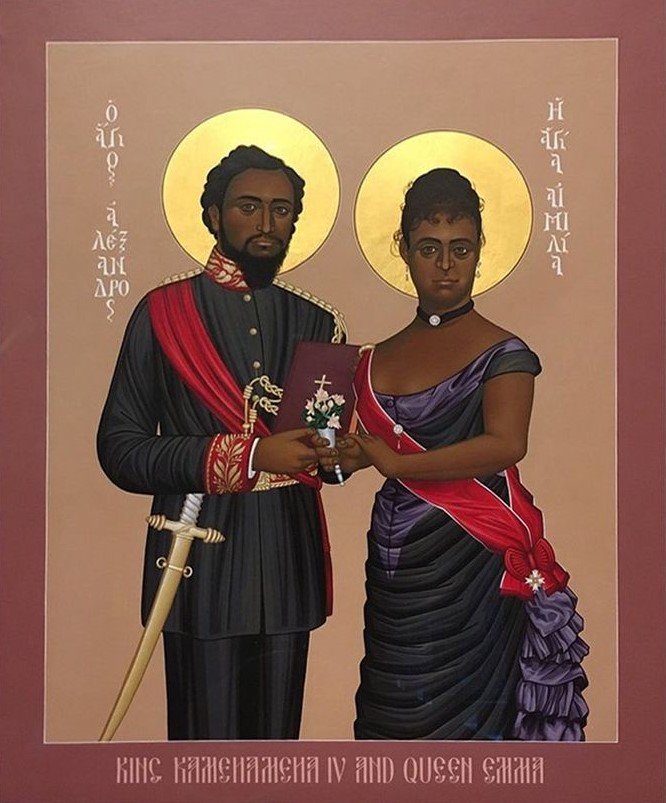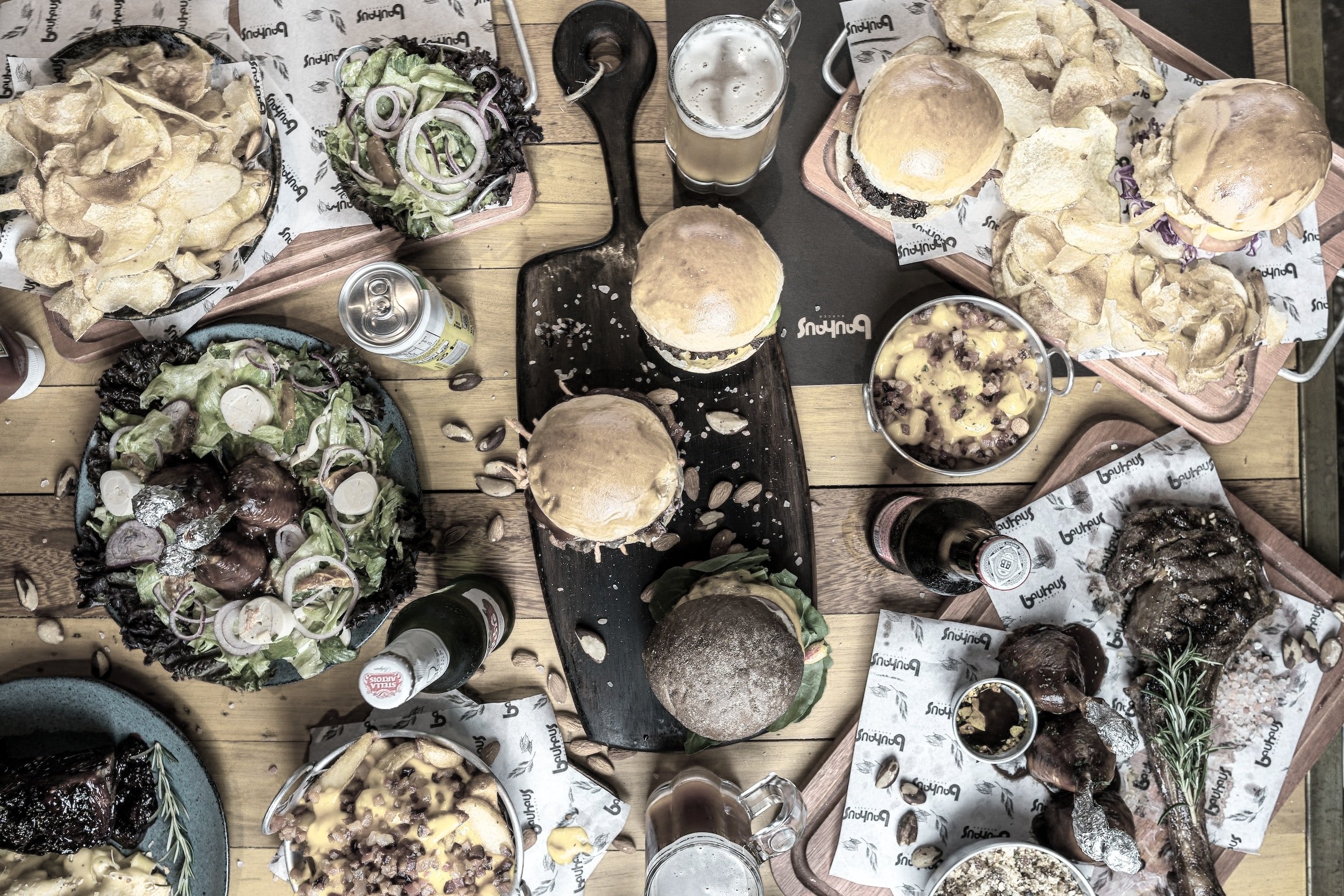…A deeply missional impulse calls us to inhabit eternity. We want to avoid forever gazing at a historical golden age of gospel advancement (“oh man, to be a Christian in Hawaii back then”). We also want to avoid an idolatrous futuristic outlook (“once this happens [insert blank] then we’ll truly be [insert blank] and missionally effective”). We want, thirdly, to avoid a social-clubbishness that comes from focusing only on the immediate contexts in which we live (“these are the golden days” or “we’ve arrived”)…
Read more"Nika!" a brief little Bright Week reflection
On the bread we use for Holy Communion we stamp the ancient Christian motto: IC XC NI KA at the four corners of the Cross.
Read moreWhy celebrate Alhallowtide? And what is it, exactly?
p/c : Nicola Fioravanti
There is a series of days which exists in the Church’s calendar which has all but disappeared from the Christian calendars of contemporary American Christianity save for one lingering event: trick-or-treating on Halloween.
Read moreA farewell address to all the things I will give-up during Lent
Good-bye, little comforts, for a time.
Read moreThe lives of others all over your own
What is hospitality if not the act of getting the lives of other people all over your own? …
Read moreThe Feast of St. James
The Feast of St. James Zebedee (or St. James the Greater) celebrates one of the Twelve Apostles, and a crucial figure in the early Church. He (along with his brother St. John and his peer St. Peter) bore witnessed to the Transfiguration, was in Christ’s inner circle of trusted apostles, and was present at Pentecost.
Early Church tradition has it that after Pentecost, St. James took the Gospel to Spain where he brought many to the Faith. He eventually returned to Jerusalem where he was killed by King Herod Agrippa in the year 44 AD —one of the earliest martyrs of our faith. After death, as the story goes, his body was carried back to Spain by Christians and placed at the coastal city of Compostela.
Since he was an early martyr of the Church, St. James’ burial place at Compostela became an important destination for pilgrimage, or a holy journey. There are records of Christians making the journey as early as 814 AD. Now, annually, more than 200,000 people walk El Camino de Santiago - “The Way of St. James.”
In iconography, St. James usually holds a cockle shell, the traditional souvenir of having been to the coast of Spain, where he is buried.
As Christians, it is important for us to remember the saints who went before us. We should be inspired by their example and stirred to greater devotion by the stories of what God did in their lives. We do not pray to or worship these men and women, but we thank God for their lives and deaths.
As we celebrate the life of St. James the Greater, we declare that the God who worked mightily in his life is the same God who is active and present in our own lives; working in us to produce that same kind of courageous, joyful witness of our resurrected Savior.
Here are a few ways to celebrate St. James as families as neighbors, or as gathered friends:
Eat Spanish food for dinner… maybe just serve one Spanish olive on each plate at dinner.
Go on a walk or hike. For St. James was well travelled, and he is especially remembered by travelers.
Act-out the martyrdom of St James as a family (use the story in Acts as a script).
Google pictures of The Way of St. James or Santiago de Compostela Cathedral, post them around your house, and take your family on a make-believe pilgrimage.
During the designated prayer time in the liturgy, pray for pilgrims, travellers, evangelists, the persecuted church, or brothers (St James was the brother of St. John).
Watch a clip from the movie The Way - here’s the trailer.
Print-out or make a paper cockle shell, hide it in the house, and play a game of ‘find the cockle shell’ with kids.
Finally we exhort you to use the following liturgy either at breakfast or at dinner or before bed with your friends and/or family. It is a good idea to divide up the readings beforehand so different people can read at different times.
A Reflection for the Feast of St. Mary Magdalene
Each year we remember the story of Mary Magdalene. For countless Christians throughout the ages, hers is a supreme example of the transformative power of the Gospel. It is also one of rich literary beauty.
For the story of Mary Magdalene is simply charged with the brilliancy of the Gospel exchange: “My Life for yours.” The examples are copious:
Christ meets her in her shame; she, in turn, meets Him in His Agony on the Cross.
He lifts her up when she was bowed down with guilt; she, in turn, bows down before Him and prepares Him to be ‘lifted-up’ on Calvary.
He comes to her when she is surrounded by enemies and rescues her from death; and, in turn, she comes to him at Simon the Leper’s house, as He is surrounded by his ‘enemies’ to prepare him for death.
She breaks and shatters her jar of nard just as He in turn would be “broken” and shattered on the Cross.
She pours out the oil of her love for Him, He pours out the blood of His love for her.
She looked for Him in grief. He called her in name with Joy.
She looked for a gardener with answers for her worry but He came as the Gardener to show her mysteries more satisfying than the answers she had thought would comfort.
She was looking for closure and an end, but He instead sent her to proclaim the opening of paradise and the dawn of a new Beginning.
Her story, you see, is the Church’s Story. It is also archetypal of each of our smaller little stories.
On the day of her feast we gather to feast and celebrate that we have been washed and that our shame has been put away. Not because it never existed, not because we really aren’t as bad as we thought we were, not because ‘sin’ is just a social construct. Rather, we celebrate because something stronger than shame has laid claim to us. Sin has not been excused, it’s been forgiven. For love is stronger than death, and deeper than the grave.
The Feast of the Nativity of St. John the Baptist
We celebrate the feast of St. John the Baptist on the day of his nativity. This is unlike the majority of the other saint’s days which we typically commemorate on the day of their death. For St. John the Baptist an exception is made primarily because his birth initiated the narrative of the Incarnation. His birth proclaimed to a people tempted to believe that God was “silent”, tempted to believe that God was waiting for them to “get their act together” and that salvation was something they could do for themselves, tempted to believe that, perhaps, like Baal on Mt. Carmel, the God of Israel had fallen asleep, that in fact He was alive and He was faithful. The nativity of John announces, as does John’s whole life and ministry, that God is come to be king.
But the Nativity of St. John the Baptist is also the day that the Church marks the feast of Midsummer, an old pre-Christian observance of the summer solstice. While this may at first seem strange, the Feast of the Nativity of John the Baptist is in some very real sense a fulfilment of the pagan longings of midsummer, albeit endarkened and murky as they were. For it was on this day that our pagan ancestors gathered around fires to roast beasts in the hopes of regeneration of kin and tribe, to dance around cruciform trees to pray for fertility and abundance of life, and to witness the burning of the brightness of the light of the sun. And yet, to little avail. Death remained. Life came only to feed the ravenous maw of the pyre and the grave; and winter swallowed the summer’s glow. Summer, so it seemed, was just some ironic tease on the brink of the abyss.
But somewhere something else was afoot. And the One who set the earth to tilt and determined the calendar of the summer solstice had not done so flippantly or meaninglessly.
For it was on this day that the living God moved and did something truly fertile: he made life grow in a barren womb; He made a new brightness rise from that child’s prophetic ministry; He led that child into the wild places, the places where there is no life; he fed that child on locusts, the symbol and sign of doom; the living God burns brightly in the ministry of this prophet who comes to wash the people for the coming of the King of Life; this child will be the one to invite us to a new feast of regeneration with the words “Behold the Lamb of God who takes away the sin of the world”; on this day God began the incarnation narrative in which all the tribes of the earth would gather around a tree, a cruciform pole.
And while all our peoples across the face of the world welcomed the light of summer, Zechariah augured a brighter light by far, singing:
because of the tender mercy of our God,
whereby the sunrise shall visit us from on high
to give light to those who sit in darkness and in the shadow of death,
to guide our feet into the way of peace.
On this day we behold a light stronger and deeper and more brilliant than the sun’s gold meridian on solstice.
This feast we gather not around a Maypole, a tree festooned with life, but around a Cross, a barren tree and an instrument of death. This we do precisely because it is in that Tree of Death that true Life and true Regeneration and an ultimate fertility beyond the exacting tolls of the sepulcher has been given to us. And as we light some small fire in the zenith of the summer sun, we hear the words of the desert prophet at the waters of the Jordan “…after me will come One more powerful than I… He will baptize you with the Holy Spirit and with fire.”









